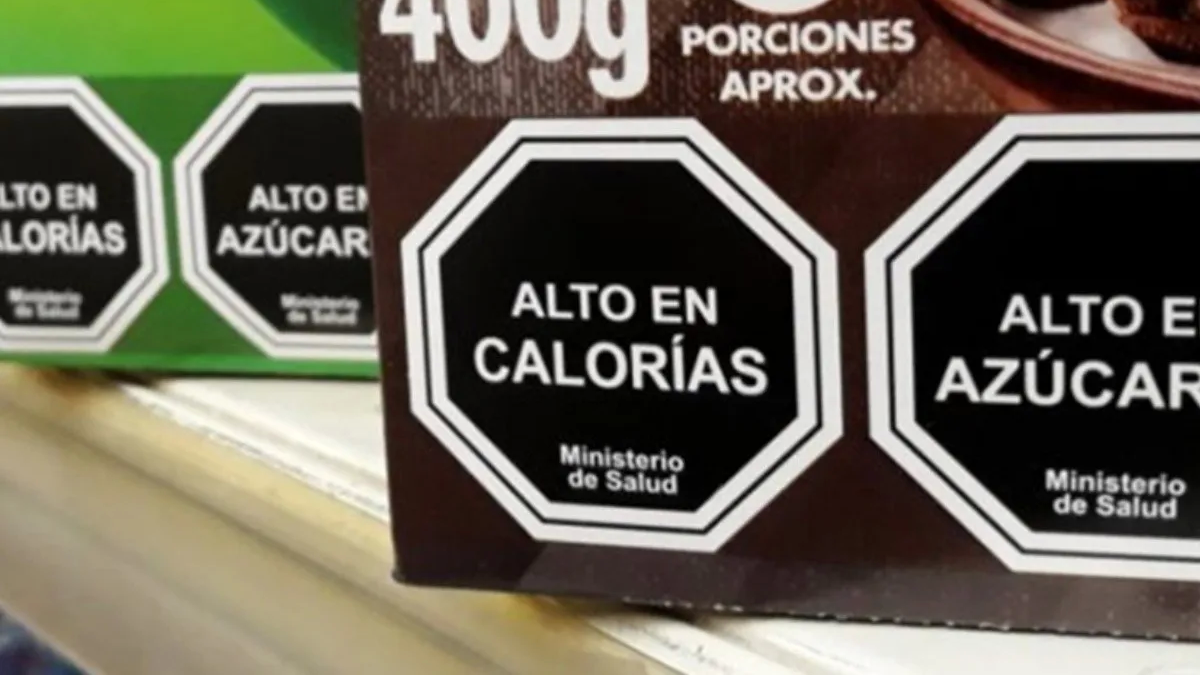Now, it will be essential for users to pay closer attention to the detailed nutritional values to make more informed decisions.
At the end of December, the Government introduced changes to the front food labeling system, known by the distinctive black octagons that warn of excess sugar, fat or sodium. These changes seek to make the rules applicable to both product labels and advertising more flexible, which will allow many foods to lose these seals or stop displaying them completely.
The content you want to access is exclusive to subscribers.
But what do these changes mean in practical terms, and when will they begin to be seen on the shelves?


What are the modifications to the front labeling?
The Front Labeling Law, passed in 2022, was designed to provide clear information about the composition of foods, highlighting critical nutrients such as fats, sugars and sodium. However, the recent adjustment to the application manual has generated debates, pitting sectors that support the measure due to its flexibility against others that warn about its possible risks to public health.
front labeling law 2022.jpg

It is estimated that the first labels without black seals will appear between the end of February and the beginning of April 2025.
The key change lies in how critical nutrients are accounted for. Now, only the nutrients added during the manufacturing process will be taken into account, leaving aside those that are intrinsic to the food. For example, natural sugar from fruits will no longer be considered in the calculation of jams; only added sugar will be evaluated.
Additionally, products may highlight nutritional benefits that are not related to the critical nutrients indicated. A cheese labeled for “excess sodium,” for example, may highlight its calcium content, something that was previously prohibited.
Impact on labels and shelves
The implementation will not be immediate. Companies will adapt their packaging as they run out of current ones. It is estimated that the first products with fewer stamps will reach the shelves between the end of February and the beginning of April, depending on the production rate of each category.
Products benefited by the changes
Some food categories will experience a significant reduction in seals, including:
- Cheeses: Many will lose the seal due to fat, since these are natural from milk. In addition, they can highlight their calcium and vitamin content.
- Yogurts: Those that contain sweeteners instead of added sugar will lose seals and may highlight their calcium content.
- Jams: By excluding natural sugar from fruits, many will no longer meet the criteria for carrying octagons.
- Fruit juices: Those who only have added sugar in small amounts will also benefit.
- Hams: They could lose the fat seal if they meet the sodium limits.
- Nut bars: If they do not include added fats, they will be free of seals and will be able to highlight the benefits of the natural fats present.
What will happen to the “excess calories” stamp?
With the new provisions, the “excess calories” seal will be applied only if the product also has seals for sugar, total or saturated fat, and exceeds 275 kcal per 100 grams. This could leave out of the warning foods with high calorie content but without other critical nutrients at significant levels.
A new stage for front labeling
Although the changes seek to harmonize local regulations with international standards and meet the demands of the industry, they also raise questions about their impact on public health. With fewer octagons on labels, consumers will have more options, but the onus will also be on them to interpret the available nutritional information in greater detail.
Source: Ambito




